
Best Road Bike Cycling Helmets: Complete Guide to Safety, Fit & Performance
Choosing the best road bike cycling helmets is essential for staying safe, comfortable, and fast on every ride. Modern road bike cycling helmets combine lightweight construction, advanced safety tech like MIPS, excellent ventilation, and precise fit systems—giving riders better protection and performance than ever before.
This guide highlights what matters most when selecting a high-quality helmet, how different features impact your ride, and which models stand out for safety, fit, and overall value.
Why Road Bike Cycling Helmets Matter
Wearing road bike cycling helmets significantly reduces the risk of head injuries, with studies showing up to a 60% decrease in serious head trauma. Helmets absorb impact energy through their outer shell and foam liner, while advanced technologies like MIPS help mitigate rotational forces during angled crashes. Beyond safety, modern helmets meet strict global certifications and offer enhanced comfort with lightweight designs, ventilation, and aerodynamic shapes—ensuring protection without sacrificing performance on every ride.
Key Features to Look for in a Road Bike Helmet

Choosing the right road bike cycling helmets comes down to understanding the features that affect safety, comfort, and performance. While competitive cyclists may prioritize aerodynamic efficiency, recreational riders often value all-day comfort, so the ideal feature set depends entirely on your riding style and priorities.
Fit and Adjustment
Sizing
Start with accurate sizing. Measure your head circumference and compare it with the manufacturer’s size chart. A correct fit is the most important safety feature of any road bike cycling helmets, as an oversized or undersized shell can compromise protection.
Retention system
Look for a high-quality retention or adjustment system—typically a rear dial—that allows fine-tuning of the fit. A good system should keep the helmet stable, eliminate pressure points, and be easy to adjust mid-ride.
Straps
Helmet straps should form a clean, flat “Y” shape just below your ears. They should sit comfortably without twisting or pinching, and the chin strap should be secure yet not restrictive. Proper strap adjustment ensures the helmet stays in place during sudden movements or impacts.
Ponytail compatibility
Riders with long hair should check for ponytail-friendly features, such as a rear cutout or flexible retention system, to maintain comfort and stability.
Safety
Rotational impact protection (MIPS or equivalent)
Safety-focused riders should look for MIPS—or similar technologies like SPIN or WaveCel—which add a low-friction layer inside the helmet. This helps reduce rotational forces during angled impacts, a common cause of brain injuries in cycling accidents.
In-mold construction
In-molded shells fuse the outer shell with the EPS foam core, creating a stronger and more durable structure compared to cheaper glued-on shells. This design resists cracking and prevents the shell from separating over time.
Coverage
While road helmets prioritize low weight and speed, models with extended shell coverage over the EPS foam offer added protection against scrapes, dents, and debris—especially useful for endurance rides or rough conditions.
Performance and Comfort
Weight
A lightweight road bike cycling helmets reduces fatigue on long rides and makes climbing more comfortable. High-end helmets often achieve low weight without sacrificing safety.
Ventilation
Airflow is critical. Look for helmets with multiple vents and internal channeling that pull cool air across your head and push warm air out. Proper ventilation helps regulate temperature and improves comfort during hot or high-intensity rides.
Aerodynamics
Racers and speed-focused riders should consider aerodynamic helmets designed to reduce drag. These often feature fewer but strategically placed vents, balancing airflow with streamlined performance.
Sweat management
Premium helmets may include brow vents, moisture-wicking pads, or dedicated sweat-management channels that help keep sweat out of your eyes, improving comfort and visibility.
Types of Road Bike Cycling Helmets
Road bike cycling helmets vary by riding style, performance needs, and safety features. The main differences come from aerodynamics, ventilation, weight, and impact protection technology. Below are the most common types and their key characteristics.
Aero / Racing Helmets
Streamlined for speed, these helmets reduce drag and are ideal for competitive cyclists. They typically have fewer vents to maintain aerodynamic efficiency.
Lightweight / All-Around Helmets
Balancing ventilation, comfort, and low weight, these helmets are perfect for everyday rides, long distances, and general training.
Time Trial (TT) Helmets
Designed for straight-line speed, TT helmets feature elongated shapes with minimal vents, making them ideal for time trials and triathlons.
Helmets with MIPS Technology
MIPS reduces rotational forces during angled crashes. MIPS Spherical offers advanced “ball-and-socket” protection for even greater safety and ventilation.
Commuter / Leisure Helmets
Focused on comfort and practicality, these helmets provide extra coverage, integrated lights, and a casual style for daily or urban cycling.
Multi-Sport Helmets
Versatile helmets suitable for road, gravel, and mixed-surface riding, offering balanced ventilation, durability, and slightly deeper coverage.
How to Choose the Right Helmet for Your Riding Style
Selecting the right road bike cycling helmets is about more than just style—it’s a crucial decision for safety, comfort, and performance. While all helmets sold legally meet minimum safety standards in your country, the best helmet for your riding style depends on your priorities, terrain, and cycling goals.
Safety First: What Makes a Helmet Safe
The primary purpose of a helmet is to protect your head during impacts. Most helmets meet essential safety certifications, ensuring basic protection. However, modern innovations like MIPS (Multi-directional Impact Protection System) provide an extra layer of safety by reducing rotational forces during angled crashes. MIPS is widely regarded as the industry standard for enhanced protection.
Performance and Comfort Considerations
Investing in a higher-end helmet doesn’t always mean greater safety, but it often improves comfort, ventilation, and weight. Lightweight helmets reduce fatigue on long rides, while advanced retention systems allow for a more precise, secure fit. Features like enhanced airflow, adjustable straps, and ergonomic padding make a big difference on endurance rides or in hot weather.
Choosing Based on Riding Style
-
Road Racing / Aero Cycling: Prioritize aerodynamic designs and lightweight helmets with minimal vents to maximize speed.
-
Endurance / Long-Distance Rides: Focus on ventilation, comfort, and a balance of weight and protection.
-
Commuting / Leisure Cycling: Look for helmets with added coverage, reflective features, and integrated lights for everyday safety.
-
Kids and Young Riders: Always choose helmets specifically designed for children, with proper fit, adjustability, and certified safety standards.
Budget-Friendly Options
If you’re looking for affordability without compromising safety, many budget-friendly helmets provide solid protection and essential features. Our guide to the best cheap road bike helmets can help you find the right balance of value, safety, and comfort.
Road Bike Helmet Fit Guide
Ensuring a proper fit is critical when choosing road bike cycling helmets. A well-fitted helmet not only enhances comfort but also maximizes safety during every ride. Follow this step-by-step guide to measure, adjust, and secure your helmet correctly.
1. Measure Your Head
Start by measuring the widest part of your head, roughly 1 inch (2.5 cm) above your eyebrows, using a flexible measuring tape or a piece of string. If using a string, mark the length and measure it with a ruler. Use this measurement to find the correct size on the manufacturer’s road bike cycling helmets size chart, as proper sizing is the foundation of a safe fit.
2. Check the Initial Fit
Loosen the helmet’s retention system (the dial or ratchet at the back) and place the helmet on your head. The helmet should:
-
Sit level, not tilted forward or backward.
-
Position the front about two finger-widths above your eyebrows, covering your forehead.
-
Feel snug, without excessive movement when you shake your head.
3. Adjust the Retention and Straps
-
Retention dial: Turn the dial at the back until the helmet feels secure but not uncomfortable. It should prevent the helmet from rocking in any direction.
-
Side straps: Adjust so they form a ‘V’ shape under your earlobes, lying flat against the skin.
-
Chin strap: Buckle and tighten so you can fit no more than two fingers between the strap and your chin.
4. Perform the Final Fit Check
-
The helmet should remain stable without holding it.
-
When bending forward, it should not move more than 1 inch (2.5 cm).
-
Try helmets from different brands, as shapes vary and some may suit your head better.
-
Ensure your helmet meets safety standards such as CPSC (USA), EN 1078 (Europe), or ASTM (Australia).
Following this guide ensures your road bike cycling helmets offer optimal protection, comfort, and performance on every ride. A proper fit is essential for both safety and a confident cycling experience.
How We Evaluate Road Bike Cycling Helmets
Testing road bike cycling helmets requires real-world experience to understand how each model performs under actual riding conditions. Our approach goes beyond specs on paper—we spend hours on the bike, evaluating helmets across various terrains, weather conditions, and cycling scenarios to provide accurate, trustworthy reviews.
Shape and Fit
A helmet’s fit is highly personal, yet critical. We assess whether helmets suit different head shapes—round or long—and how comfortably they sit during rides of varying intensity.
Safety Features
Safety is paramount. We examine protective technologies like MIPS, rotational impact systems, and other advanced safety features to ensure maximum head protection.
Ventilation and Comfort
Road cyclists face both speed and heat challenges. We measure airflow, internal temperature, and comfort during climbs, long rides, and hot-weather conditions.
Aerodynamics
Helmets designed for racing or time trials are tested for drag reduction and airflow efficiency, comparing real-world performance against brand claims.
Weight
Lightweight helmets can reduce fatigue, especially on long climbs. We compare helmet weights and consider how the design balances lightness with durability and safety.
Straps and Buckle System
Proper strap positioning and secure, comfortable buckles are essential. We assess how helmets fit around the face and head for all-day comfort.
Value for Money
Finally, we compare each helmet against competitors with similar features. We evaluate whether the price reflects performance, protection, and overall quality.
Conclusion
Choosing the right road bike cycling helmets is crucial for safety, comfort, and performance. A properly fitting helmet with features like ventilation, lightweight design, and MIPS protection keeps you protected and confident on every ride. Investing in quality road bike cycling helmets ensures peace of mind and an enjoyable cycling experience.
FAQs
What is the best road cycling helmet?
The best road bike cycling helmets combine safety, comfort, and performance. Look for features like MIPS protection, lightweight construction, excellent ventilation, and a secure fit that matches your riding style.
What is the 2 2 2 rule when fitting a helmet on your head?
The 2-2-2 rule ensures a proper helmet fit: the helmet sits two finger-widths above your eyebrows, the side straps form a ‘V’ shape two fingers below your ears, and the chin strap allows no more than two fingers between the strap and your chin.
Can I use a MTB helmet for road biking?
Yes, you can use a mountain bike helmet for road cycling, but road bike helmets are generally lighter, more aerodynamic, and better ventilated for high-speed riding. MTB helmets are bulkier and may reduce airflow on long road rides.
Is there a difference between a mountain bike helmet and a road bike helmet?
Yes. Road bike cycling helmets focus on aerodynamics, lightweight design, and ventilation, while mountain bike helmets offer more coverage, a visor, and extra protection for rough trails. Choosing the right helmet type improves comfort and safety for your ride.
iScooter E Scooter Collections:
Electric Scooter | Kids Electric Scooter | Electric Scooter for Adults | Electric Scooter with Seat | Off-Road Electric Scooter | Foldable Electric Scooter | Girls Electric Scooter | 1000W Electric Scooter | 2000W Electric Scooter | Boys Electric Scooter | Dual Motor Electric Scooter | Big Electric Scooter | Electric Scooter with Suspension | Lightweight Electric Scooter | Commuter E-Scooters | 3 Wheel Electric Scooter
Show more ▼iScooter E Bike Collections:
Foldable Electric Bike | Affordable Cheap Electric Bike | Electric Bike for Adults | Electric Motor Bikes | Trek Electric Bike | Fastest Electric Bike | Electric Road Bike | Full Suspension Electric Mountain Bike | Giant Electric Bike | Womens Ladies Electric Bike | Mens Electric Bike | Electric Bike with Throttle | Electric Gravel Bike | Electric Mountain Bike UK | Fat Tyre Electric Bike | Electric Hybrid Bike | Electric Motorised Bike | Electric Push Bike | 1000W Electric Bike | Cool Electric Bikes | Electric Off Road Bike | Pedal Assist Electric Bike | Good Electric Bikes | Small Electric Bike | Trek Electric Mountain Bike | 2000W Electric Bike | Full Suspension Electric Bike | Mini Electric Bike | Road Legal Electric Bike | Step Through Electric Bike
Show more ▼👍 Buying Guide | 🚴♂️ Riding Guide
📋 Feature Guide | ❓ Common problem
Product category
Electric Scooter
Cheap Electric Scooters for Adults | Fastest Electric Scooter | Kids Electric Scooter | Mini Electric Scooter
































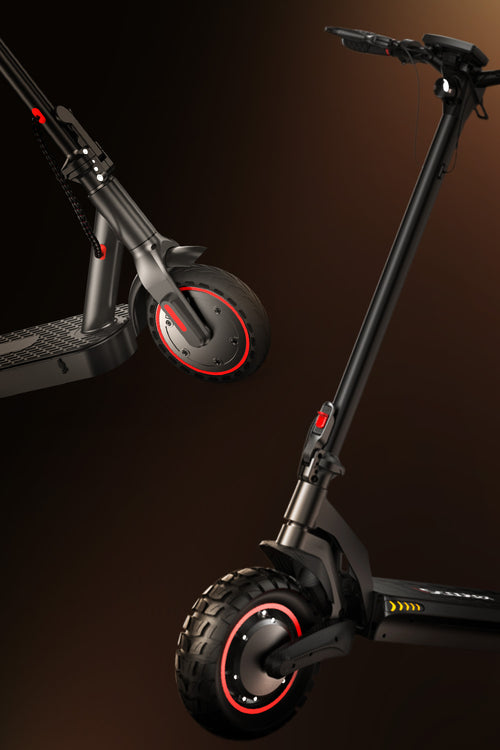
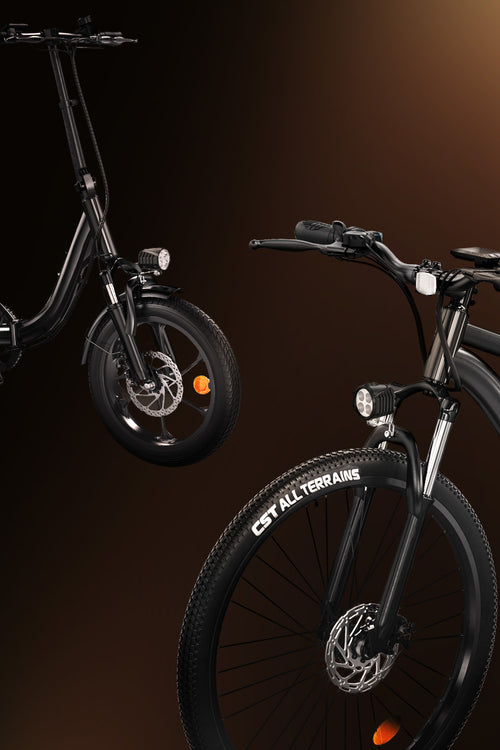














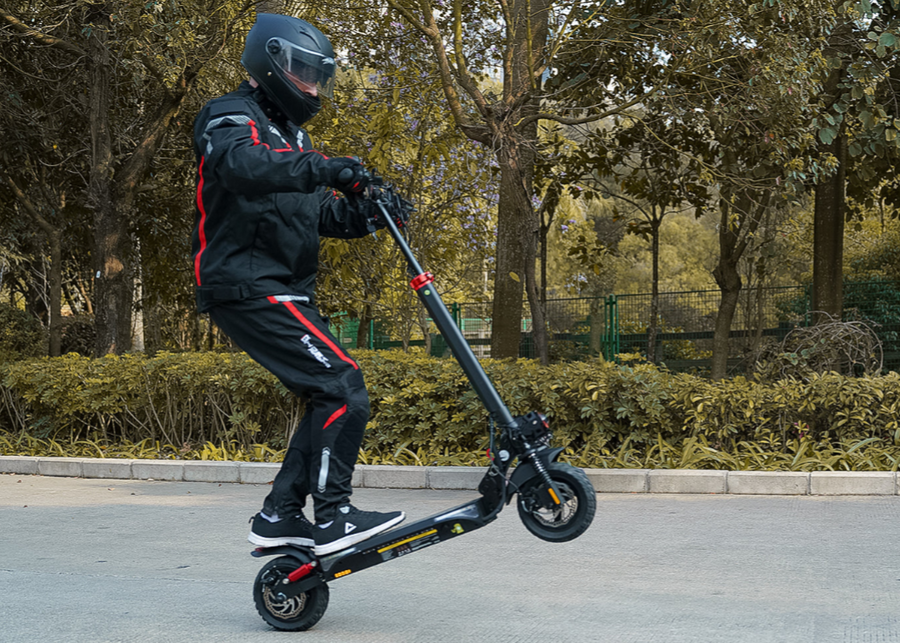

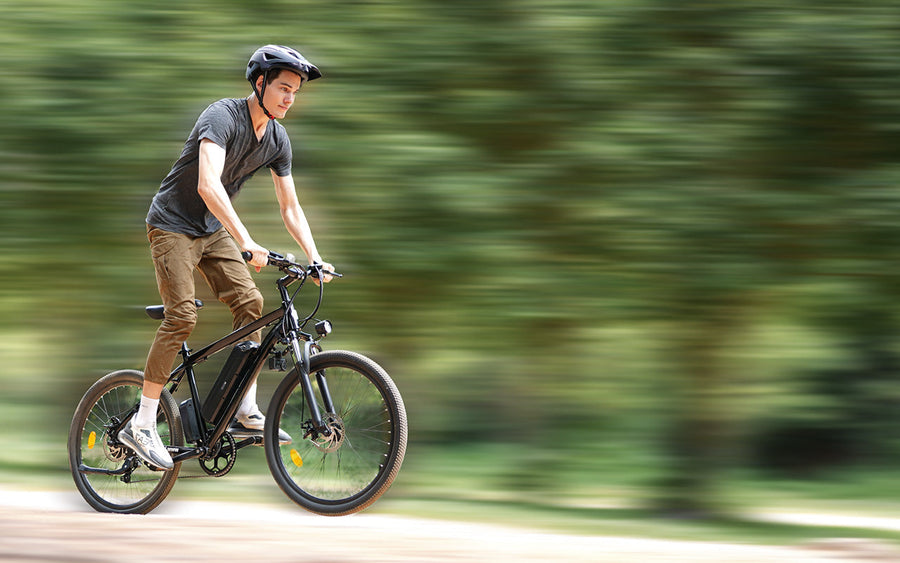

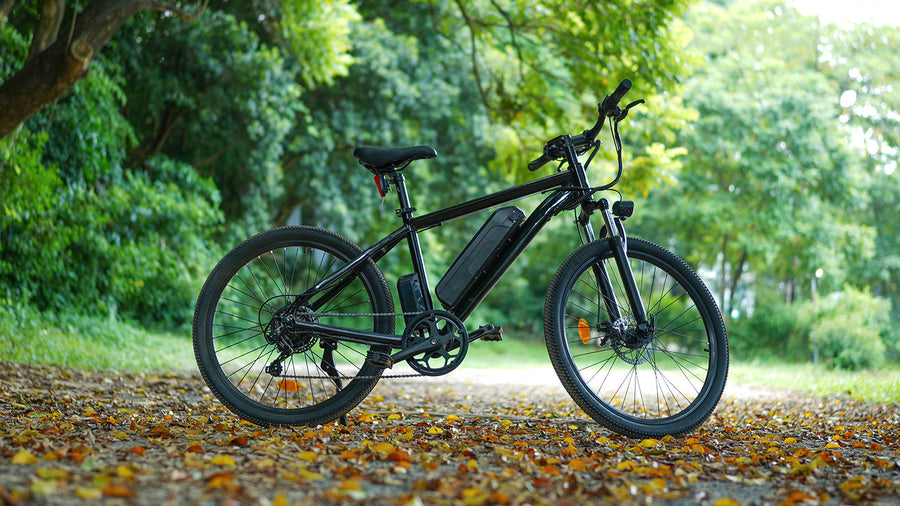
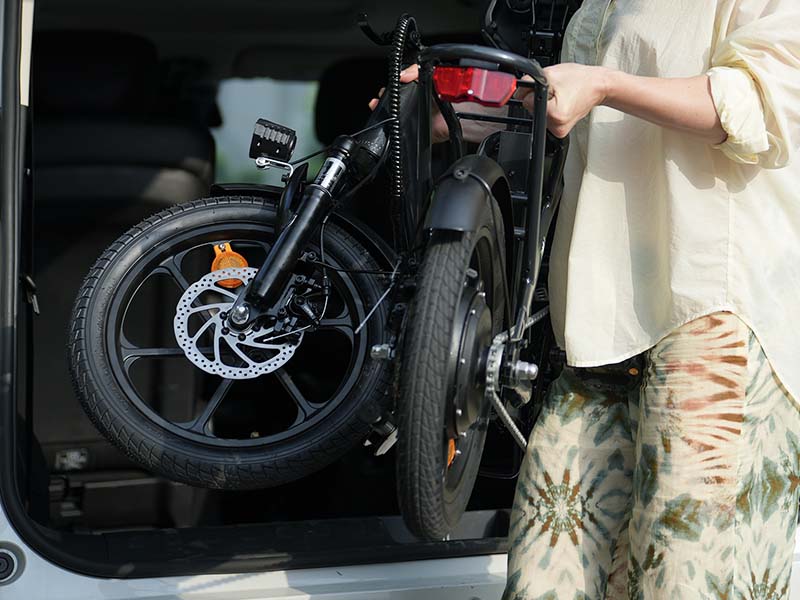
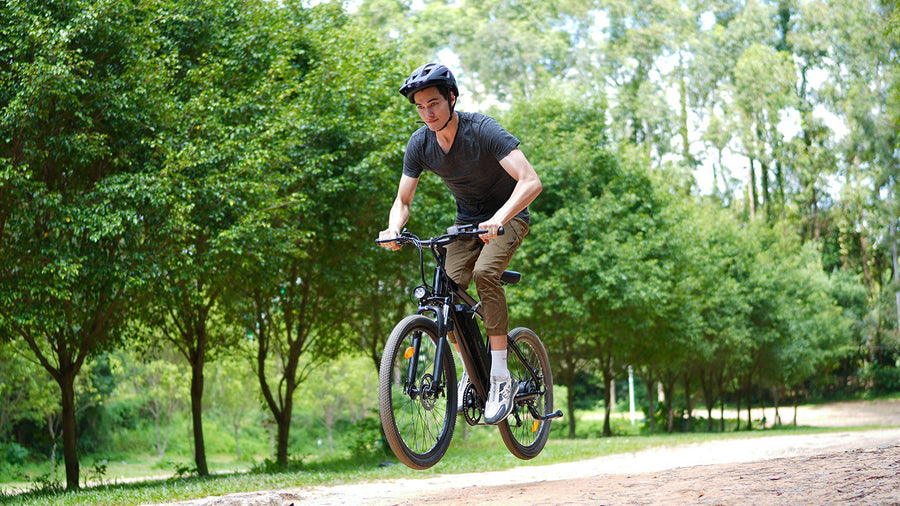









Article tags :
Leave us a message